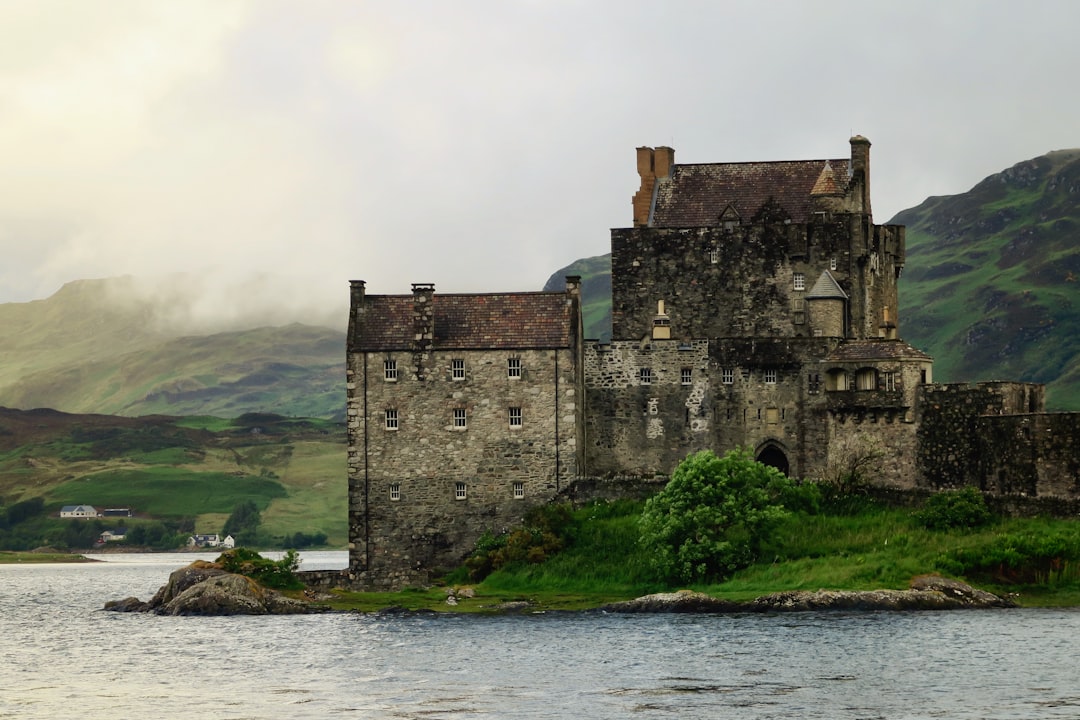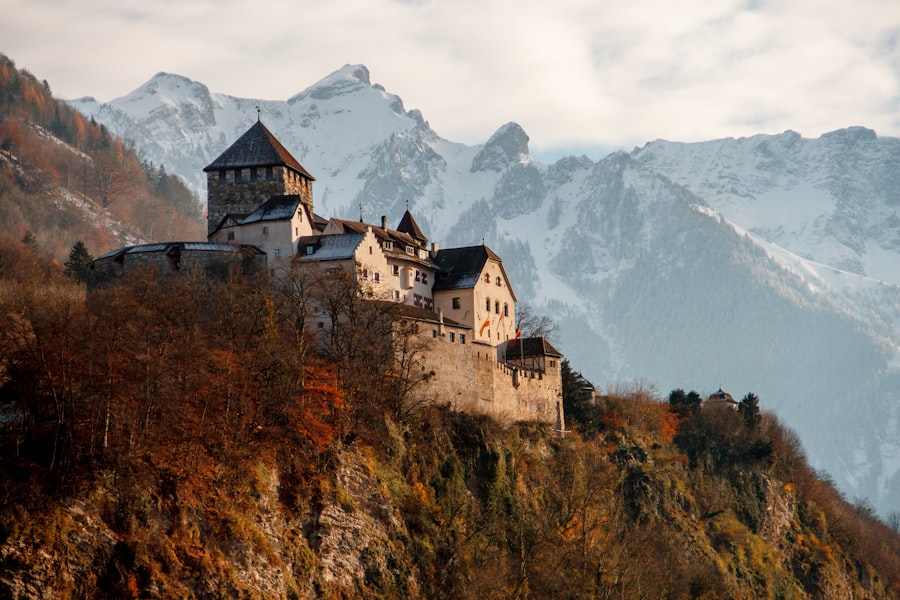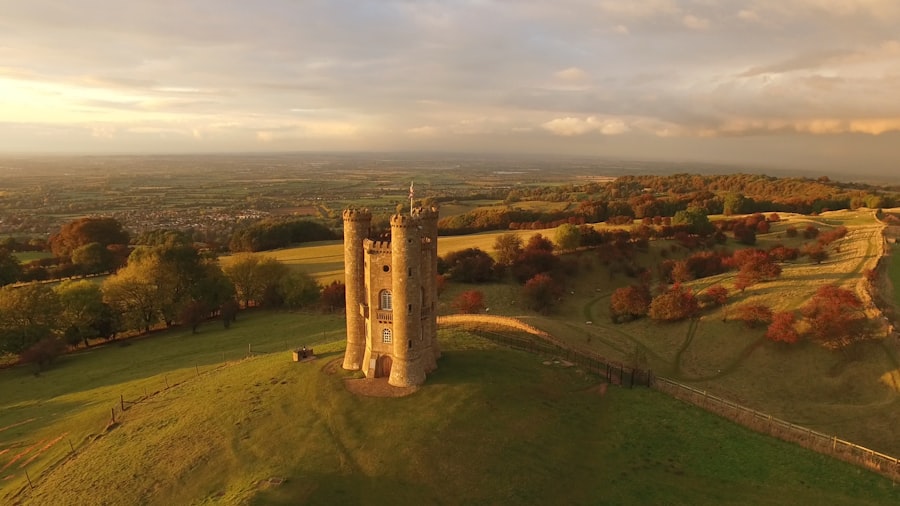
Guernsey, the second largest of the Channel Islands, is a captivating destination that boasts a rich tapestry of history, culture, and natural beauty. Nestled in the English Channel, just a stone’s throw from the French coast, this island is a unique blend of British and French influences, which is evident in its language, architecture, and culinary traditions. With a population of around 63,000 residents, Guernsey offers a charming mix of bustling towns and serene countryside, making it an ideal getaway for those seeking both relaxation and adventure.
The island’s compact size—approximately 24 square miles—means that visitors can easily explore its diverse landscapes and attractions. From the picturesque harbor of St. Peter Port, with its vibrant shops and cafes, to the rugged cliffs and sandy beaches that line the coast, Guernsey is a place where history and nature intertwine seamlessly.
The island’s mild climate, characterized by warm summers and mild winters, further enhances its appeal as a year-round destination. Whether you are drawn to its historical landmarks or its stunning coastal scenery, Guernsey promises an unforgettable experience.
Key Takeaways
- Guernsey is a charming island in the English Channel, known for its stunning coastline, rich history, and unique blend of British and French influences.
- The island has a fascinating history, with cultural heritage sites such as the German Occupation Museum and the ancient burial grounds at Les Fouaillages.
- Top places to visit in Guernsey include the picturesque St. Peter Port, the beautiful beaches of Cobo Bay, and the historic Castle Cornet.
- Nature lovers will enjoy exploring the rugged cliffs of the south coast, the tranquil Herm Island, and the scenic walking trails of the Guernsey countryside.
- Visitors to Guernsey can indulge in local culinary delights such as fresh seafood, traditional Guernsey gâche, and delicious dairy products, while also enjoying the island’s thriving food and drink scene.
Historical Facts and Cultural Heritage
Guernsey’s history is as intricate as its coastline, shaped by centuries of occupation and influence from various cultures. The island has been inhabited since prehistoric times, with evidence of Neolithic burial sites and ancient fortifications scattered throughout its landscape.
Following the fall of the Roman Empire, the island became part of the Kingdom of Brittany and later came under Norman control in the 10th century. The medieval period saw Guernsey develop into a strategic military outpost due to its location between England and France. The construction of castles and fortifications, such as Castle Cornet, was essential for defending against invasions.
The island’s cultural heritage is also reflected in its unique legal system, which is based on Norman law and has remained largely unchanged for centuries. This blend of historical influences has fostered a distinct identity for Guernsey, where traditional customs coexist with modern life. The island’s cultural heritage is celebrated through various festivals and events that showcase its traditions.
The annual Guernsey International Film Festival highlights local talent while promoting international cinema. Additionally, the island’s rich literary history is commemorated through events like the Guernsey Literary Festival, which pays homage to the famous book “The Guernsey Literary and Potato Peel Pie Society,” set during World War
Top Places to Visit in Guernsey

When visiting Guernsey, there are several must-see attractions that capture the essence of the island’s charm. St. Peter Port, the capital city, is a vibrant hub filled with narrow cobbled streets, colorful buildings, and a picturesque harbor.
The town is home to several historical landmarks, including the 800-year-old Castle Cornet, which offers stunning views of the surrounding waters and hosts various exhibitions detailing the island’s maritime history. Visitors can explore the castle’s gardens and enjoy reenactments that bring its storied past to life. Another notable site is the Little Chapel, an enchanting miniature chapel adorned with colorful mosaics made from broken china and seashells.
Built in 1914 by Brother Déodat, a monk who sought to create a place of worship that reflected his artistic vision, this whimsical structure has become one of Guernsey’s most photographed landmarks. Its intricate design and serene atmosphere make it a must-visit for anyone seeking a moment of reflection amidst their travels.
Housed in a Victorian warehouse overlooking the harbor, the museum features exhibits on local archaeology, maritime history, and contemporary art. The museum also hosts temporary exhibitions that highlight both local and international artists, ensuring that there is always something new to discover.
Natural Sights and Outdoor Activities
| Location | Number of Natural Sights | Number of Outdoor Activities |
|---|---|---|
| Mountains | 15 | 20 |
| Beaches | 10 | 25 |
| National Parks | 30 | 40 |
Guernsey’s natural beauty is one of its most compelling features, offering visitors a plethora of outdoor activities to enjoy. The island’s coastline is dotted with stunning cliffs, sandy beaches, and hidden coves that invite exploration. One of the best ways to experience this natural splendor is by walking along the Guernsey Coastal Path, which stretches for approximately 38 miles around the island.
This scenic trail provides breathtaking views of the sea and opportunities to spot local wildlife, including seabirds and seals. In addition to hiking, Guernsey’s waters are perfect for various water sports such as kayaking, paddleboarding, and sailing. The calm waters around the island make it an ideal location for both beginners and experienced enthusiasts alike.
For those looking for a more leisurely experience, boat trips around the island offer a unique perspective on its rugged coastline and secluded beaches. Visitors can also take guided tours to nearby islands like Herm and Sark, where they can enjoy even more pristine landscapes. The island’s interior is equally captivating, with lush green fields and charming rural villages waiting to be explored.
The Vale Castle offers panoramic views over the surrounding countryside and is surrounded by beautiful gardens that are perfect for a leisurely stroll. Additionally, the island’s numerous parks and nature reserves provide ample opportunities for picnicking or simply enjoying the tranquility of nature.
Culinary Delights and Local Cuisine
Fresh Seafood and Local Ingredients
Many restaurants along the coast serve dishes that highlight these ingredients, often accompanied by locally grown vegetables and herbs. Dining at one of these establishments not only offers a taste of Guernsey’s flavors but also stunning views of the coastline.
Traditional Delights
One iconic dish that visitors should not miss is “Guernsey Gâche,” a traditional fruit loaf made with local ingredients such as raisins and spices. This sweet treat is often enjoyed with butter or served alongside tea as part of an afternoon snack.
Celebrating Culinary Heritage
Additionally, local dairy products are highly regarded; Guernsey cows produce rich milk that is used to create delicious cheeses and creamy ice creams available at various shops across the island. The island also hosts several food festivals throughout the year that celebrate its culinary heritage. The Taste Guernsey festival showcases local produce and dishes while providing opportunities for visitors to meet local chefs and learn about traditional cooking methods. These events not only promote local cuisine but also foster a sense of community among residents who take pride in their culinary traditions.
Practical Tips for Visiting Guernsey

When planning a trip to Guernsey, there are several practical considerations to keep in mind to ensure a smooth experience. First and foremost, transportation options include flights from various UK cities or ferry services from mainland England or France. Once on the island, public transport is available; however, renting a bicycle or car can provide greater flexibility for exploring at your own pace.
Accommodations range from charming bed-and-breakfasts to luxurious hotels overlooking the sea. Booking in advance during peak tourist seasons—particularly summer months—is advisable to secure your preferred lodging option. Additionally, many establishments offer special packages that include meals or guided tours, providing excellent value for visitors.
While English is widely spoken on the island, it may be beneficial to familiarize yourself with some local phrases in Guernésiais (the native Norman language) to enhance your cultural experience. Engaging with locals in their dialect can lead to enriching conversations about their heritage and traditions. Lastly, be sure to check local events calendars before your visit; participating in festivals or community gatherings can provide unique insights into Guernsey’s culture while creating lasting memories during your stay.
Whether you are wandering through historic streets or savoring local delicacies by the sea, Guernsey offers an enchanting escape filled with discovery at every turn.
If you’re intrigued by the unique insights and travel destinations featured in our article on Guernsey, you might also find the exploration of other lesser-known locales equally fascinating. For instance, consider reading about the Comoros Islands, an enchanting archipelago with its own rich history and stunning natural beauty. Dive into the details of what makes Comoros a must-visit by checking out this related article: Comoros Facts and Places to Visit. Like Guernsey, Comoros offers a blend of captivating landscapes and cultural depth that are perfect for travelers seeking something beyond the usual tourist paths.
FAQs
What are some interesting facts about Guernsey?
– Guernsey is a British Crown dependency located in the English Channel.
– The island has a rich history dating back to Neolithic times and has been influenced by both French and English cultures.
– Guernsey is known for its beautiful beaches, stunning cliffs, and charming countryside.
– The island is famous for its dairy industry, particularly its Guernsey cows which produce rich and creamy milk.
– Guernsey is a popular destination for outdoor activities such as hiking, cycling, and water sports.
What are some popular places to visit in Guernsey?
– St. Peter Port: The capital of Guernsey, known for its picturesque harbor, cobbled streets, and historic buildings.
– Castle Cornet: A medieval castle with a rich history and stunning views of the surrounding area.
– Guernsey Museum and Art Gallery: A museum showcasing the island’s history, culture, and art.
– Sausmarez Manor: A historic manor house surrounded by beautiful gardens and woodland.
– Little Chapel: A tiny, intricately decorated chapel that is a popular tourist attraction.
What are some must-see sights in Guernsey?
– The Guernsey coastline: With its dramatic cliffs, sandy beaches, and hidden coves, the coastline is a sight to behold.
– Herm and Sark: Two smaller islands that are easily accessible from Guernsey and offer stunning natural beauty and a peaceful atmosphere.
– German Occupation Museum: A museum dedicated to the island’s experience during World War II when it was occupied by German forces.
– Victor Hugo’s House: The former home of the famous French writer, now a museum showcasing his life and work during his exile in Guernsey.
– The Little Chapel: A unique and charming religious building adorned with intricate designs and mosaics.



